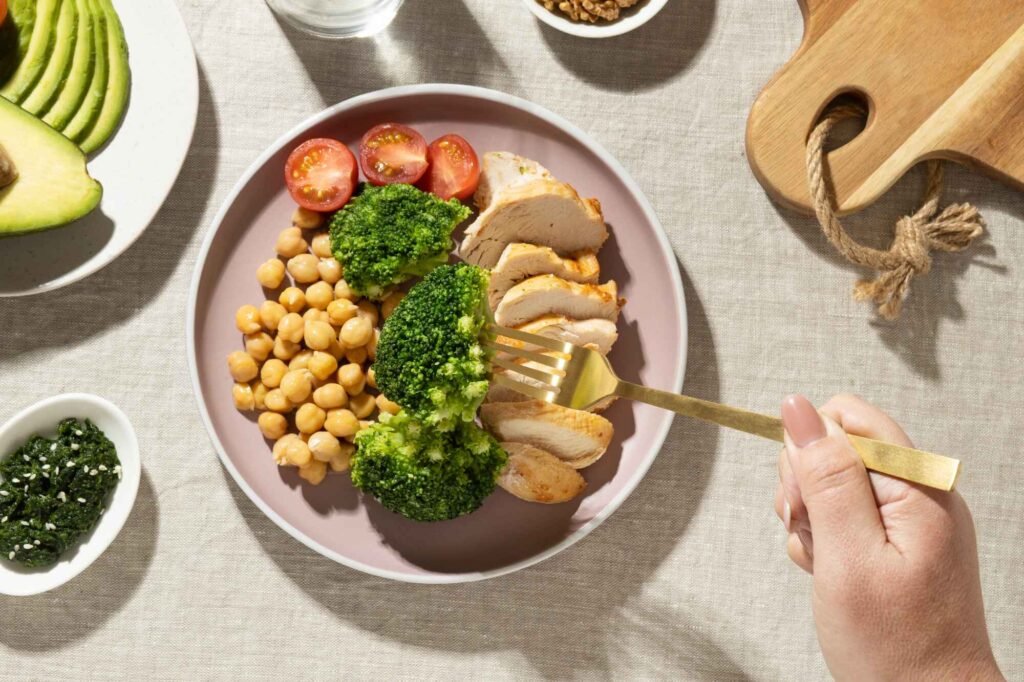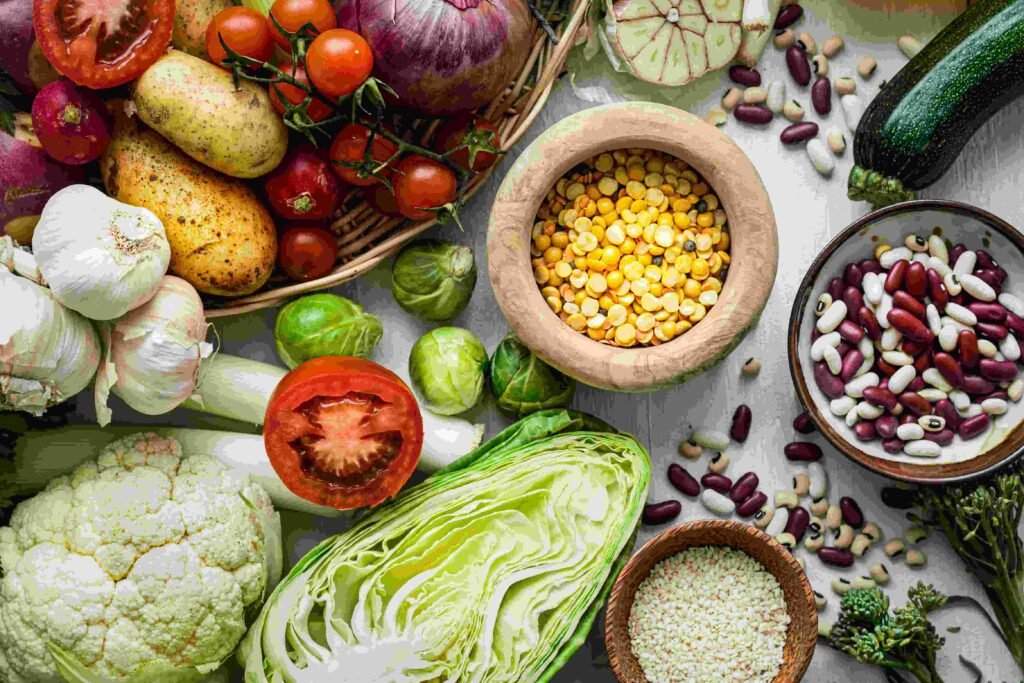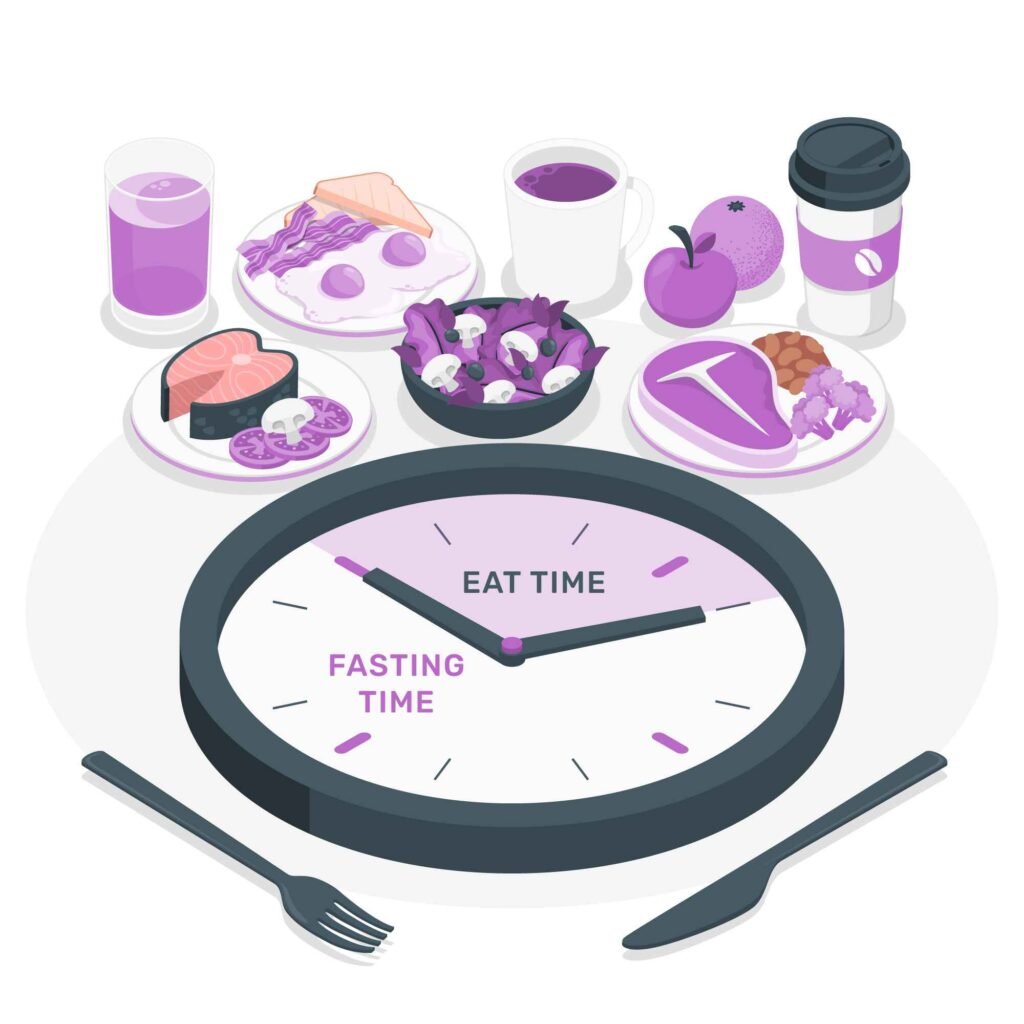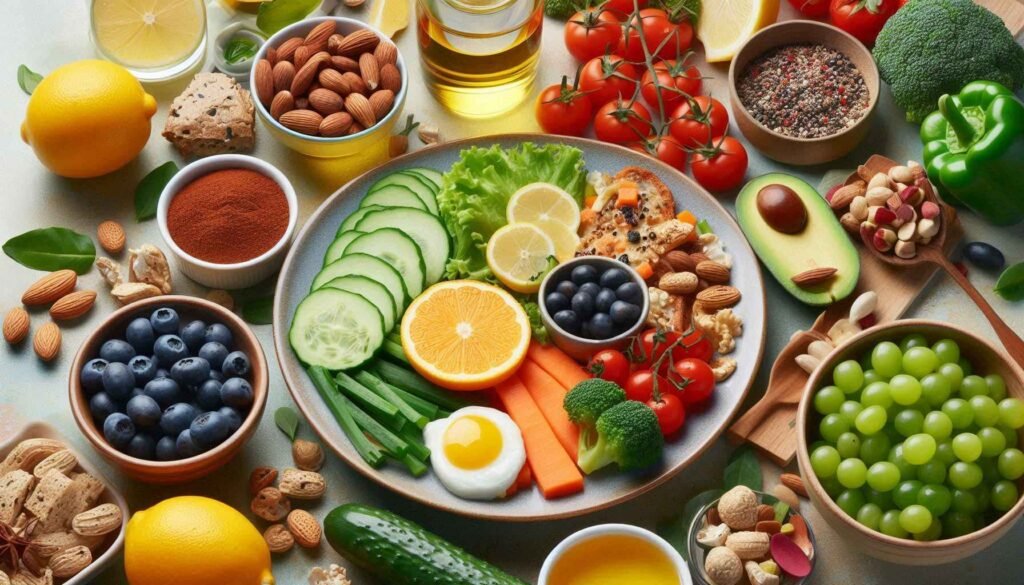
Transitioning to a plant-based diet can be a life-changing decision for your health, the environment, and animal welfare. While it might seem daunting at first, with the right approach, knowledge, and resources, you can successfully shift to a more sustainable and healthy way of eating. This guide will cover everything you need to know to get started, from understanding what a plant-based diet entails to practical tips for a smooth transition and addressing potential challenges.
1. What is a Plant-Based Diet?
A plant-based diet primarily focuses on foods derived from plants, including vegetables, fruits, grains, nuts, seeds, and legumes, while minimizing or excluding animal products. There are various interpretations of plant-based eating, ranging from flexible approaches like reducetarianism (gradually reducing animal product consumption) to strict veganism (excluding all animal-derived ingredients).
Different Types of Plant-Based Diets:
- Vegan Diet: Excludes all animal products, including meat, dairy, eggs, and honey.
- Vegetarian Diet: Excludes meat but may include dairy and eggs.
- Whole-Food Plant-Based Diet: Emphasizes whole, unprocessed plant foods, minimizing refined grains, added sugars, and oils.
- Flexitarian Diet: Primarily plant-based but allows occasional consumption of animal products.
2. Benefits of a Plant-Based Diet
2.1 Health Benefits
A well-balanced plant-based diet can provide numerous health benefits:
- Heart Health: Plant-based diets are rich in fiber, antioxidants, and healthy fats, which can help lower cholesterol and blood pressure, reducing the risk of heart disease.
- Weight Management: Plant-based diets tend to be lower in calorie density and higher in fiber, promoting satiety and helping with weight management.
- Improved Digestion: The high fiber content supports a healthy gut microbiome, aiding in digestion and regularity.
- Reduced Risk of Chronic Diseases: A diet rich in fruits, vegetables, and whole grains can lower the risk of chronic diseases such as type 2 diabetes, certain cancers, and Alzheimer’s disease.
2.2 Environmental Benefits
- Lower Carbon Footprint: Animal agriculture is a significant contributor to greenhouse gas emissions, deforestation, and water usage. A plant-based diet uses fewer natural resources and has a smaller environmental footprint.
- Biodiversity Conservation: Reducing animal farming helps preserve habitats and protects biodiversity.
2.3 Ethical Considerations
For many, transitioning to a plant-based diet is motivated by ethical concerns regarding animal welfare. Avoiding animal products can significantly reduce animal suffering and exploitation.
3. Potential Challenges and How to Overcome Them
3.1 Nutritional Considerations
While a plant-based diet can meet all nutritional needs, it’s important to be mindful of the following nutrients:
- Vitamin B12: Naturally found only in animal products. Consider fortified foods or supplements.
- Iron: Plant-based sources include lentils, beans, and fortified cereals, but they are less bioavailable than animal sources. Consuming vitamin C-rich foods alongside iron-rich foods can enhance absorption.
- Calcium: Necessary for bone health, found in fortified plant milks, tofu, and leafy greens.
- Omega-3 Fatty Acids: ALA, a type of omega-3, is found in flaxseeds, chia seeds, and walnuts. Consider an algae-based supplement for EPA and DHA.
- Protein: Include a variety of plant-based proteins like legumes, tofu, tempeh, quinoa, and seitan to ensure adequate intake.
3.2 Social and Practical Challenges
- Eating Out: Many restaurants now offer plant-based options. Don’t hesitate to ask for modifications.
- Family and Social Dynamics: Communicate your dietary choices clearly and offer to bring plant-based dishes to gatherings.
- Time and Convenience: Meal prepping and planning can save time and make it easier to stick to a plant-based diet.
4. How to Start Your Transition
4.1 Set Clear Goals
Define why you want to transition to a plant-based diet. Is it for health reasons, environmental concerns, or ethical beliefs? Having a clear purpose will help keep you motivated.
4.2 Gradual Transition
- Start Small: Begin by incorporating one plant-based meal per day or practicing “Meatless Mondays.”
- Replace, Don’t Remove: Swap animal products with plant-based alternatives. For example, use almond or soy milk instead of cow’s milk, and try tempeh or beans instead of chicken in recipes.
- Explore New Foods: Experiment with different plant-based foods and recipes. There are many delicious and satisfying options available.
4.3 Educate Yourself
Understanding nutrition is crucial for a successful transition. Learn about the nutritional content of various plant-based foods and consider consulting a registered dietitian for personalized advice.
4.4 Plan and Prepare
- Meal Planning: Plan your meals for the week to ensure you have all the necessary ingredients and avoid the temptation of convenience foods.
- Grocery Shopping: Focus on whole foods and read labels carefully to avoid hidden animal products.
5. Building a Balanced Plant-Based Plate
A well-balanced plant-based meal should include:
- Vegetables: Aim for a variety of colors and types, both cooked and raw.
- Fruits: Include whole fruits rather than fruit juices for more fiber and nutrients.
- Whole Grains: Choose unrefined grains like quinoa, brown rice, oats, and whole wheat.
- Legumes: Beans, lentils, chickpeas, and peas are excellent sources of protein and fiber.
- Nuts and Seeds: Provide healthy fats, protein, and a variety of vitamins and minerals.
- Healthy Fats: Avocados, olive oil, and nuts are good sources of healthy fats.
6. Sample Plant-Based Meal Plan for a Day
Breakfast: Green Smoothie Bowl
- Ingredients: Spinach, banana, frozen berries, almond milk, chia seeds, and a scoop of plant-based protein powder.
- Toppings: Sliced fruit, granola, and a sprinkle of coconut flakes.
Lunch: Quinoa Salad with Chickpeas
- Base: Cooked quinoa.
- Add-ins: Roasted vegetables (bell peppers, zucchini, and carrots), chickpeas, and baby spinach.
- Dressing: Tahini, lemon juice, garlic, and a pinch of salt.
Snack: Apple Slices with Almond Butter
Dinner: Lentil Stew with Sweet Potatoes
- Ingredients: Red lentils, sweet potatoes, carrots, celery, onions, garlic, and vegetable broth.
- Seasoning: Cumin, paprika, and a dash of cayenne pepper.
- Serve with: A side of steamed kale or collard greens.
Dessert: Dark Chocolate and Berries
7. Tips for Staying Motivated
- Keep a Food Journal: Track what you eat and how you feel to monitor your progress and make adjustments as needed.
- Connect with a Community: Join online forums, social media groups, or local meetups to share experiences, recipes, and support.
- Stay Informed: Read books, watch documentaries, and follow plant-based influencers to stay inspired and informed.
8. Common Myths About Plant-Based Diets
8.1 Myth: Plant-Based Diets Lack Protein
Plant-based diets can provide all the protein you need through a variety of sources such as legumes, tofu, tempeh, seitan, quinoa, and nuts. It’s important to consume a variety of these foods to get all essential amino acids.
8.2 Myth: It’s Expensive
While some plant-based products like specialty vegan cheeses can be pricey, staple foods like beans, lentils, whole grains, and seasonal produce are often more affordable than meat and dairy products.
8.3 Myth: It’s Difficult to Get Enough Iron
Plant-based sources of iron include lentils, chickpeas, quinoa, and dark leafy greens. Consuming them with vitamin C-rich foods (e.g., citrus fruits, bell peppers) can enhance absorption.
9. Frequently Asked Questions
9.1 Can I Get Enough Calcium Without Dairy?
Yes, you can meet your calcium needs through fortified plant milks, tofu, leafy greens, and calcium-fortified orange juice.
9.2 Do I Need Supplements?
Depending on your diet, you may need supplements for vitamin B12, vitamin D (especially in winter), and possibly omega-3s. It’s best to consult with a healthcare professional.
9.3 Is a Plant-Based Diet Suitable for Everyone?
A plant-based diet can be adapted for different life stages, including children, pregnant women, and athletes. However, it requires careful planning to ensure all nutritional needs are met.
10. Conclusion
Transitioning to a plant-based diet is a powerful step towards a healthier you and a more sustainable world. By understanding the benefits, planning your transition carefully, and staying informed, you can make this journey enjoyable and fulfilling. Remember, it’s not about perfection but progress. Start with small changes, and gradually, you’ll find that a plant-based lifestyle can be both rewarding and delicious.
If you have any questions or need personalized advice, consider consulting with a registered dietitian who specializes in plant-based nutrition. Happy plant-based journey!



